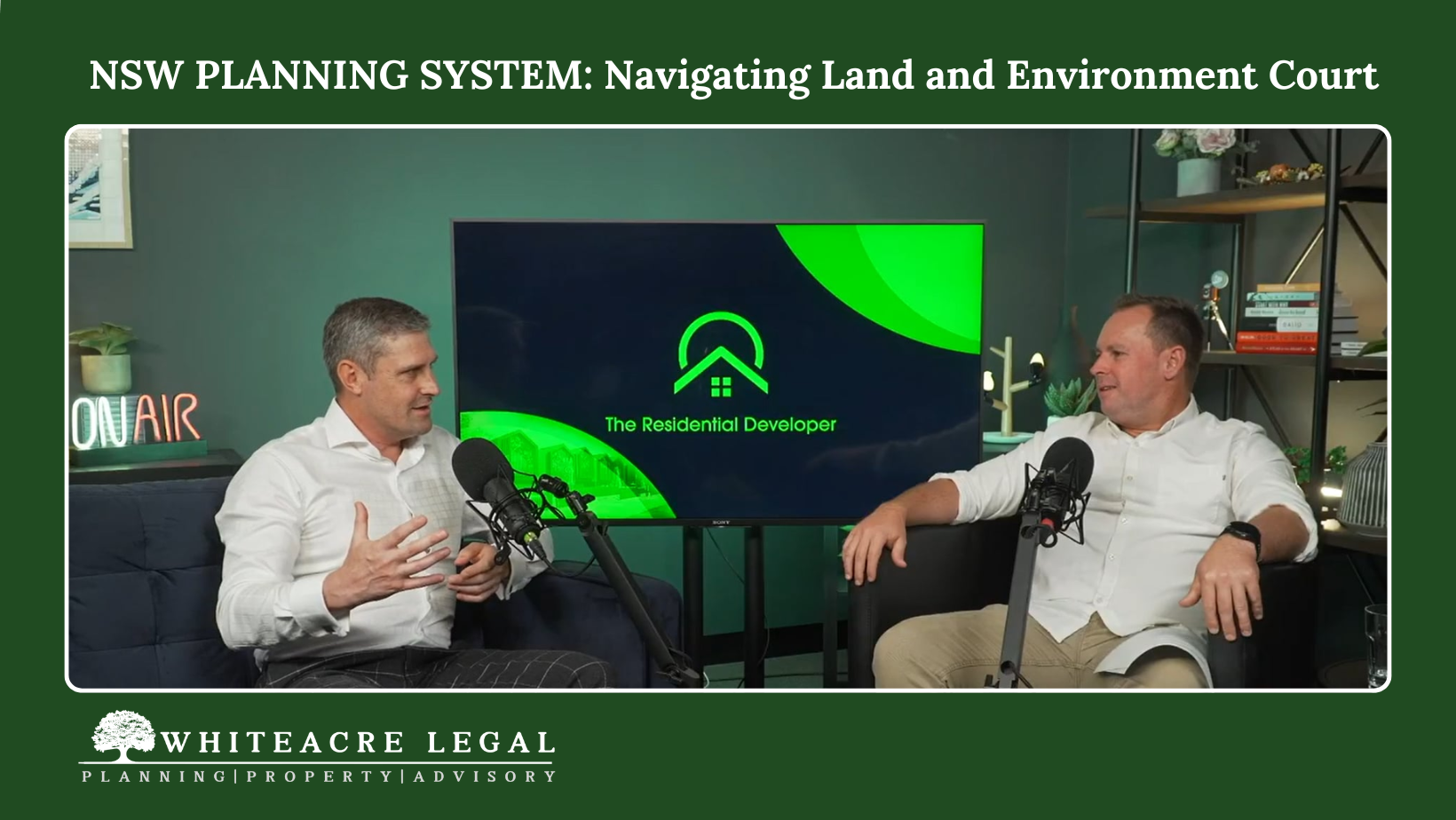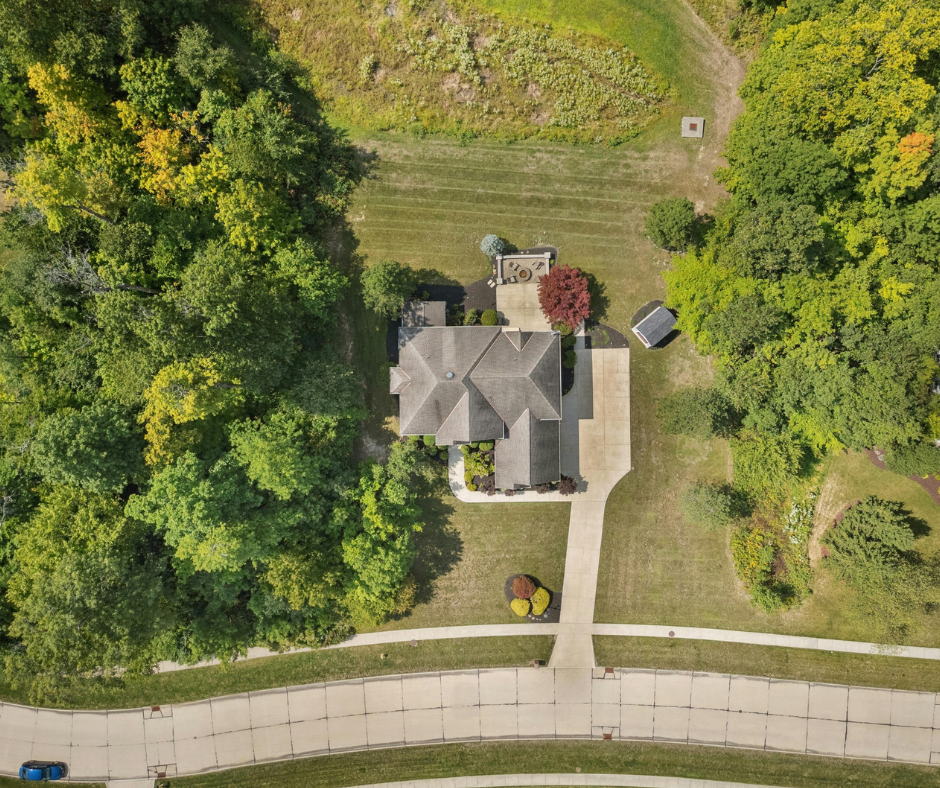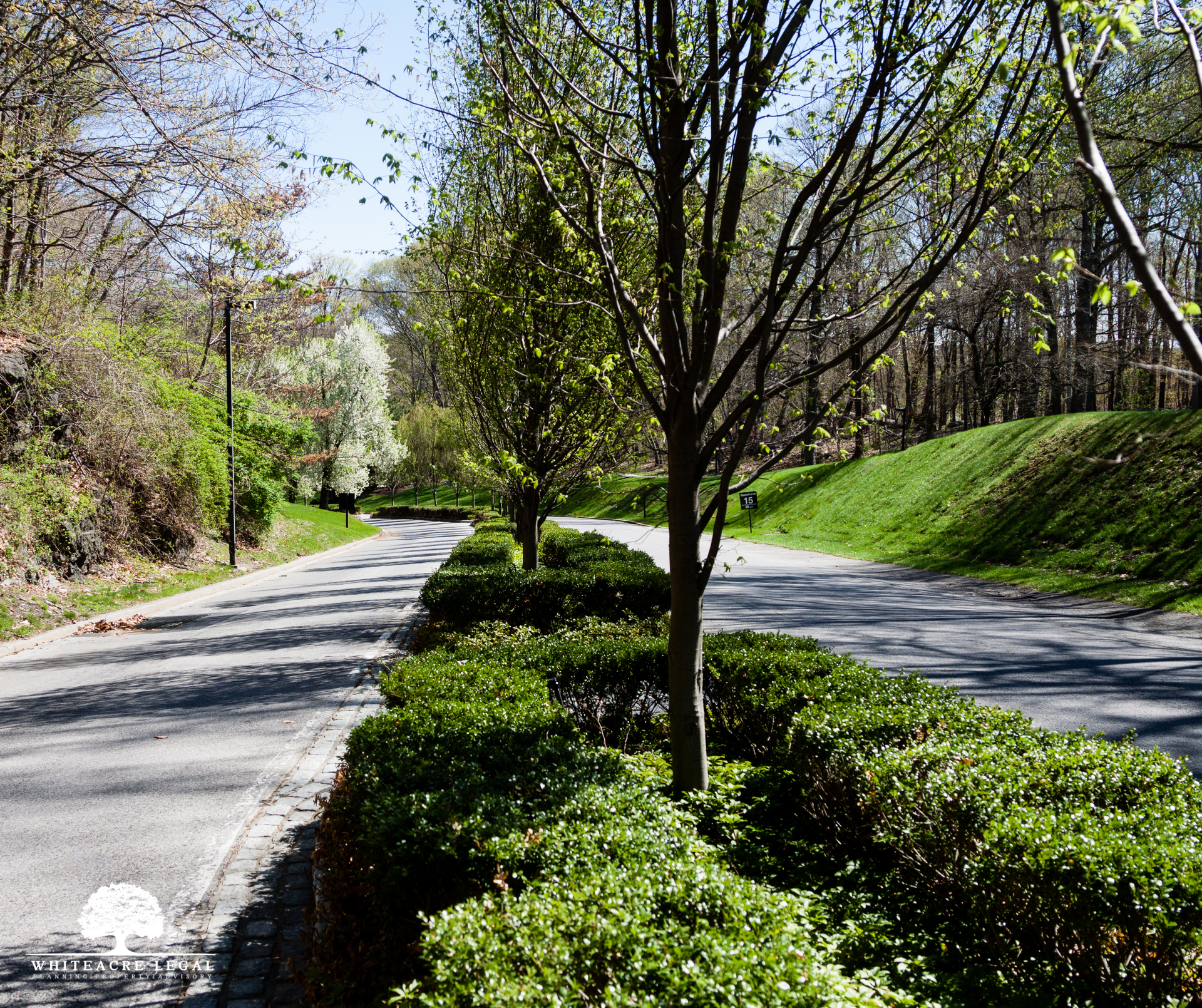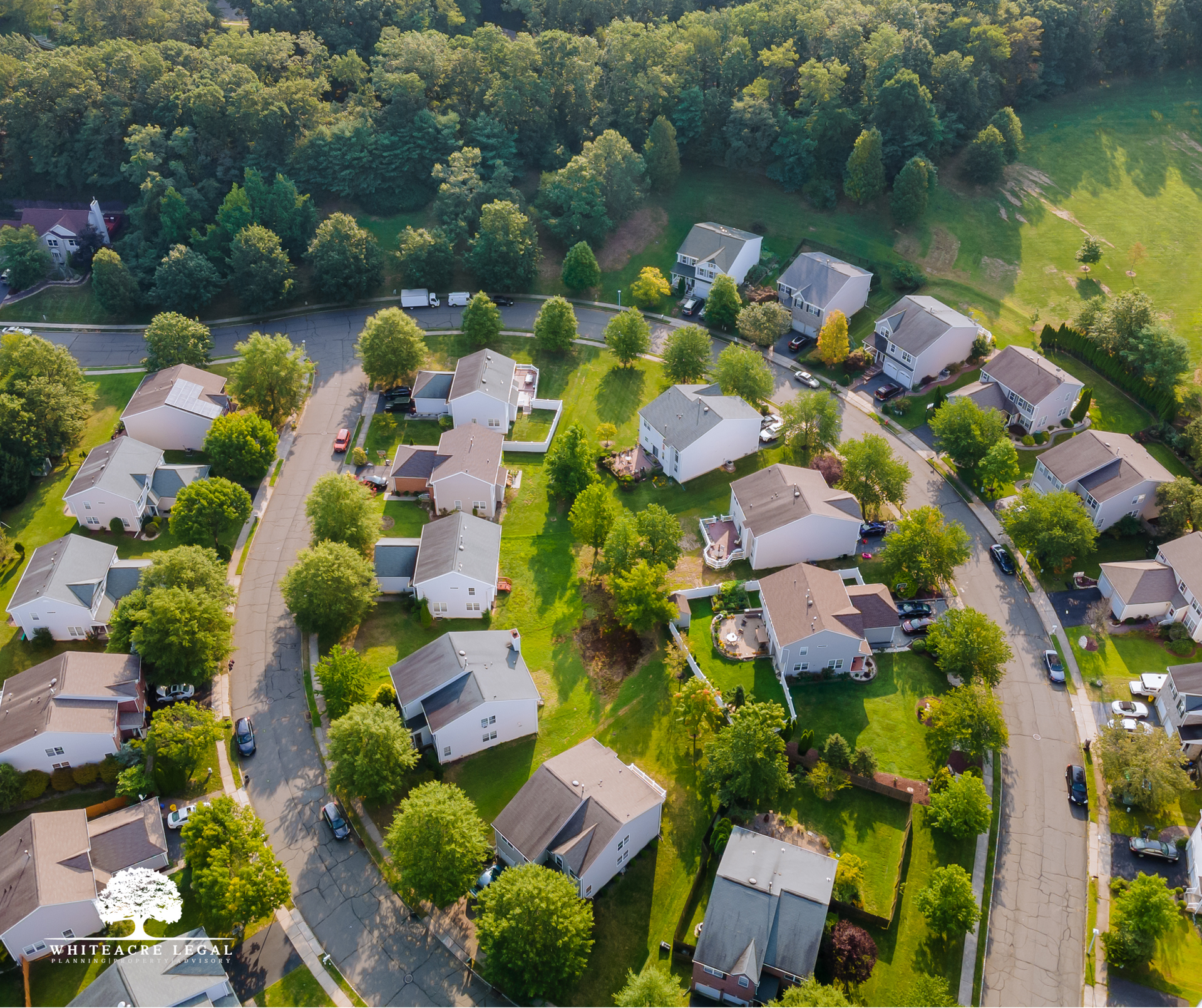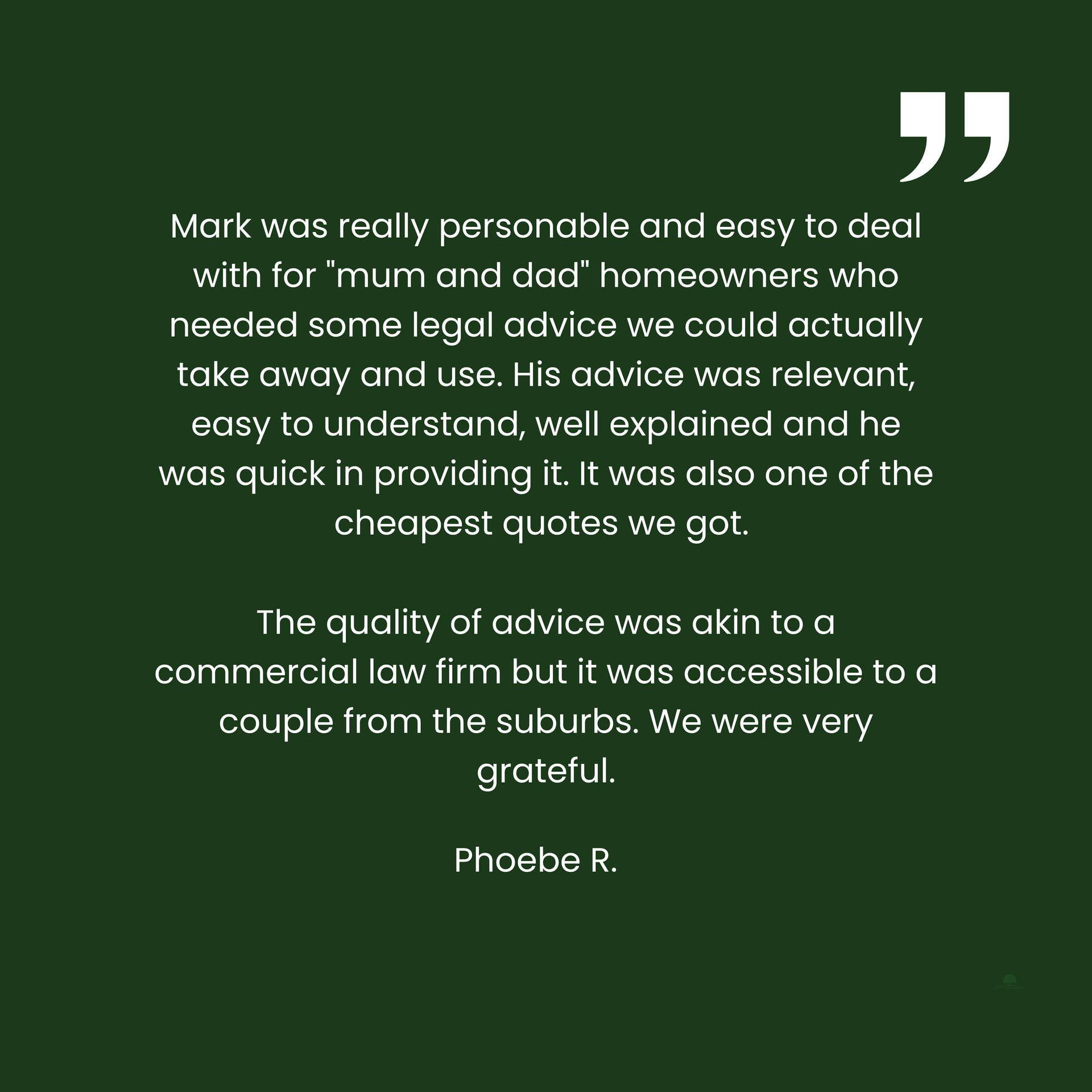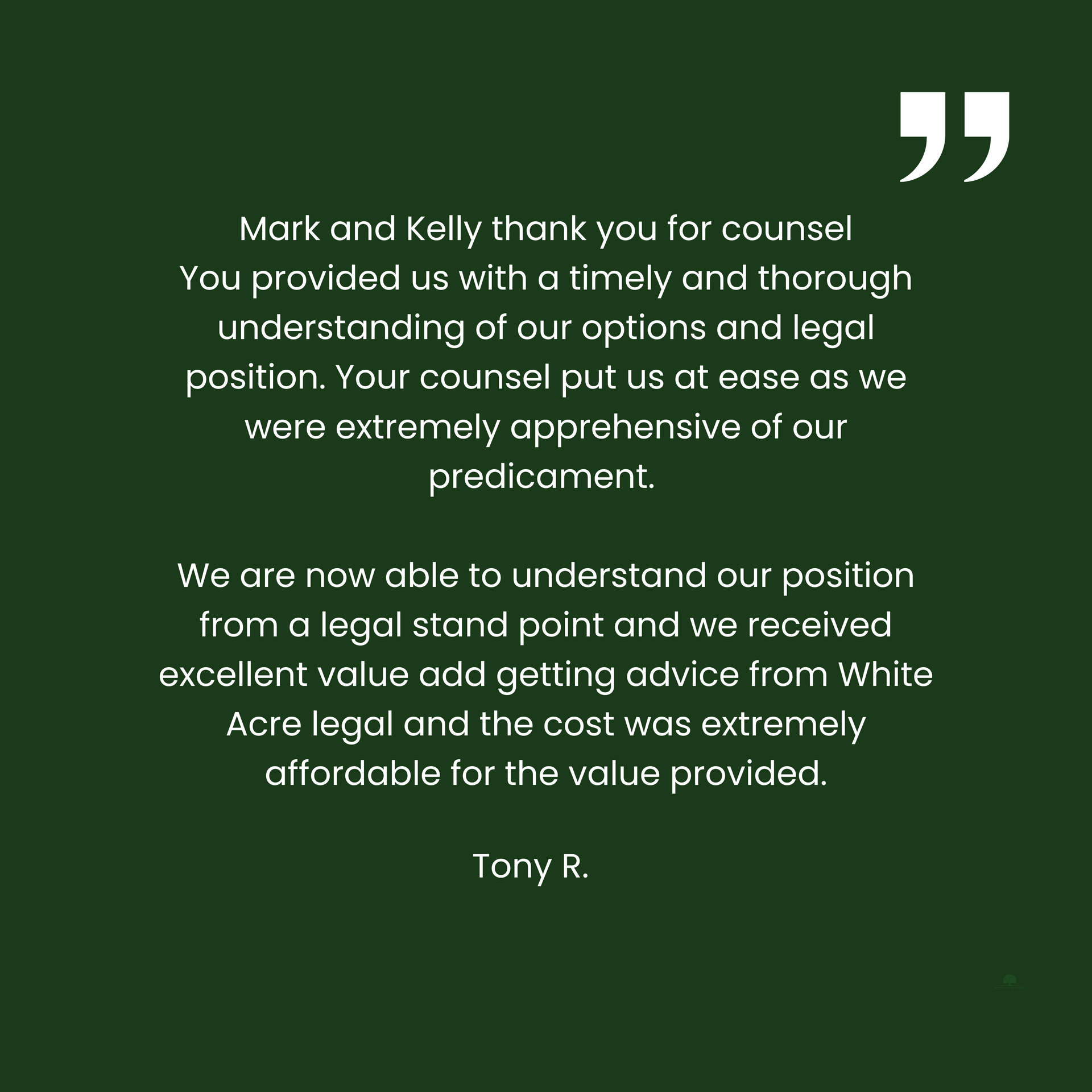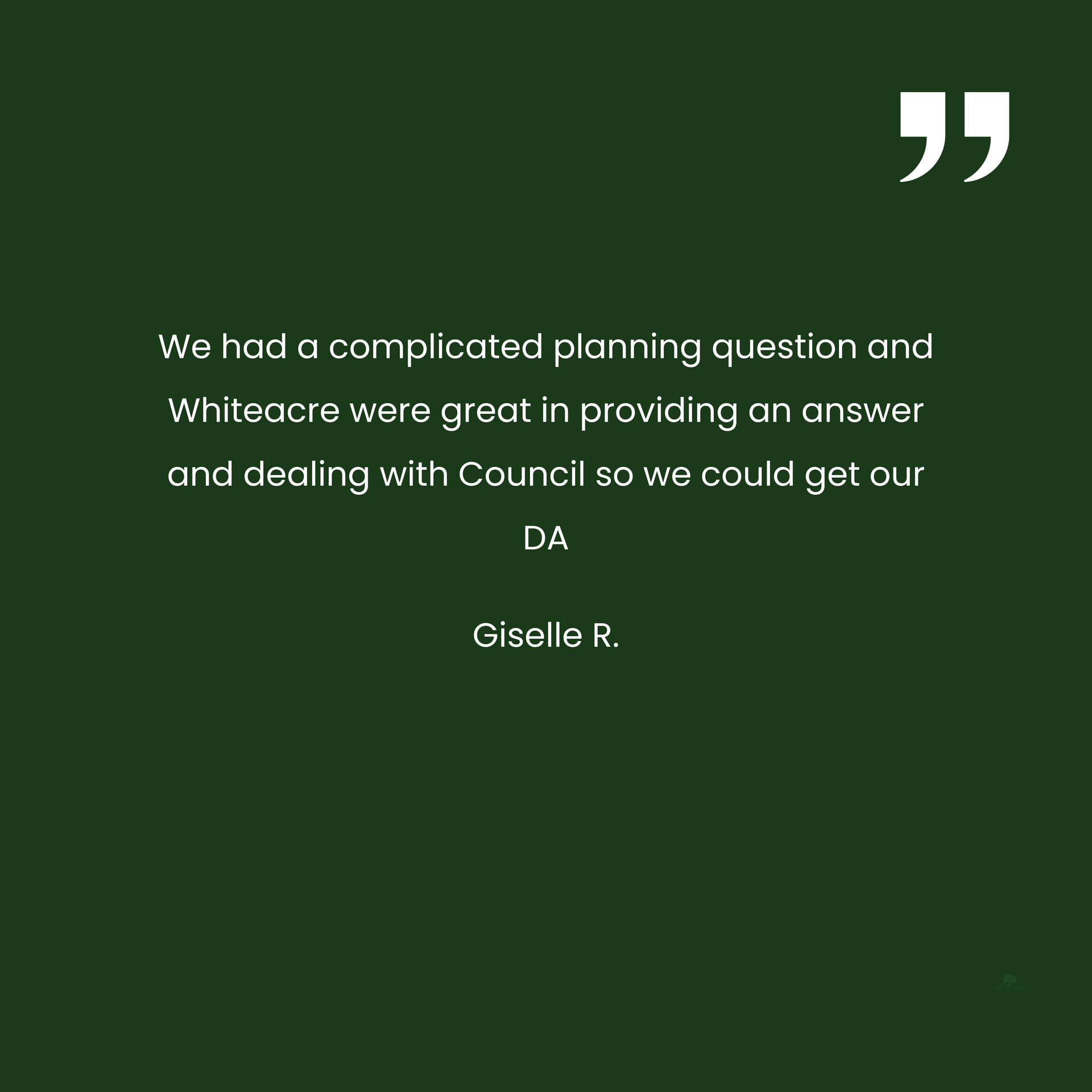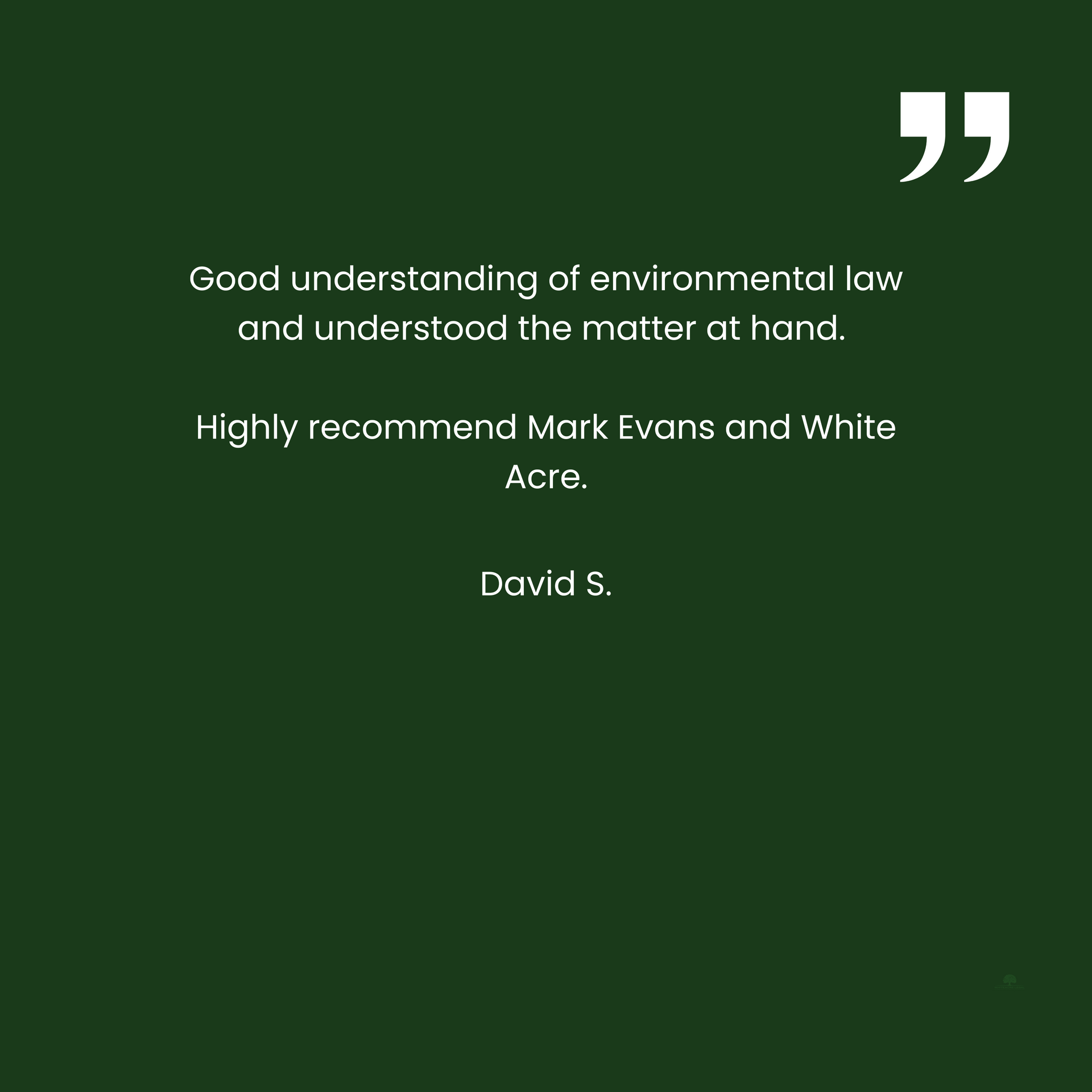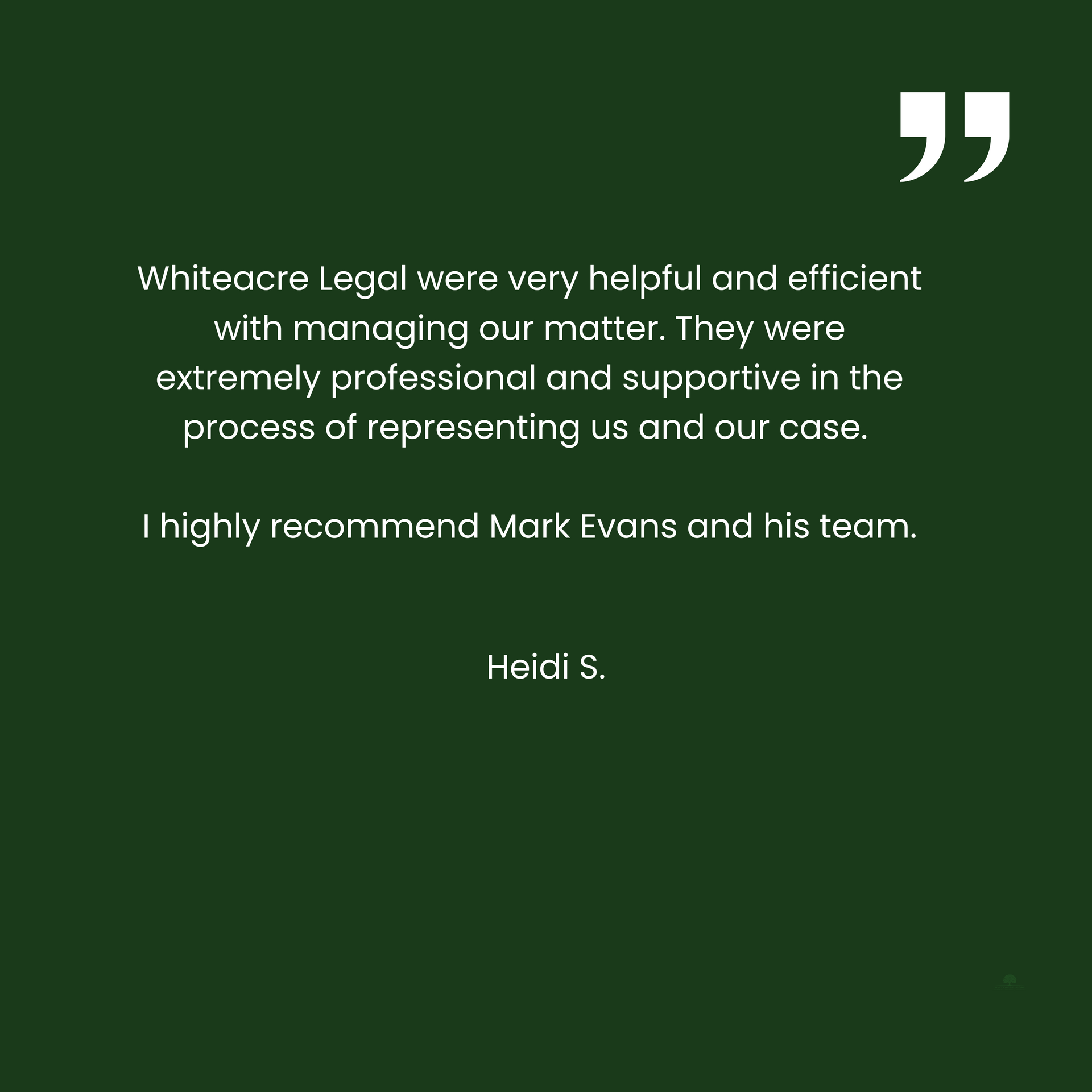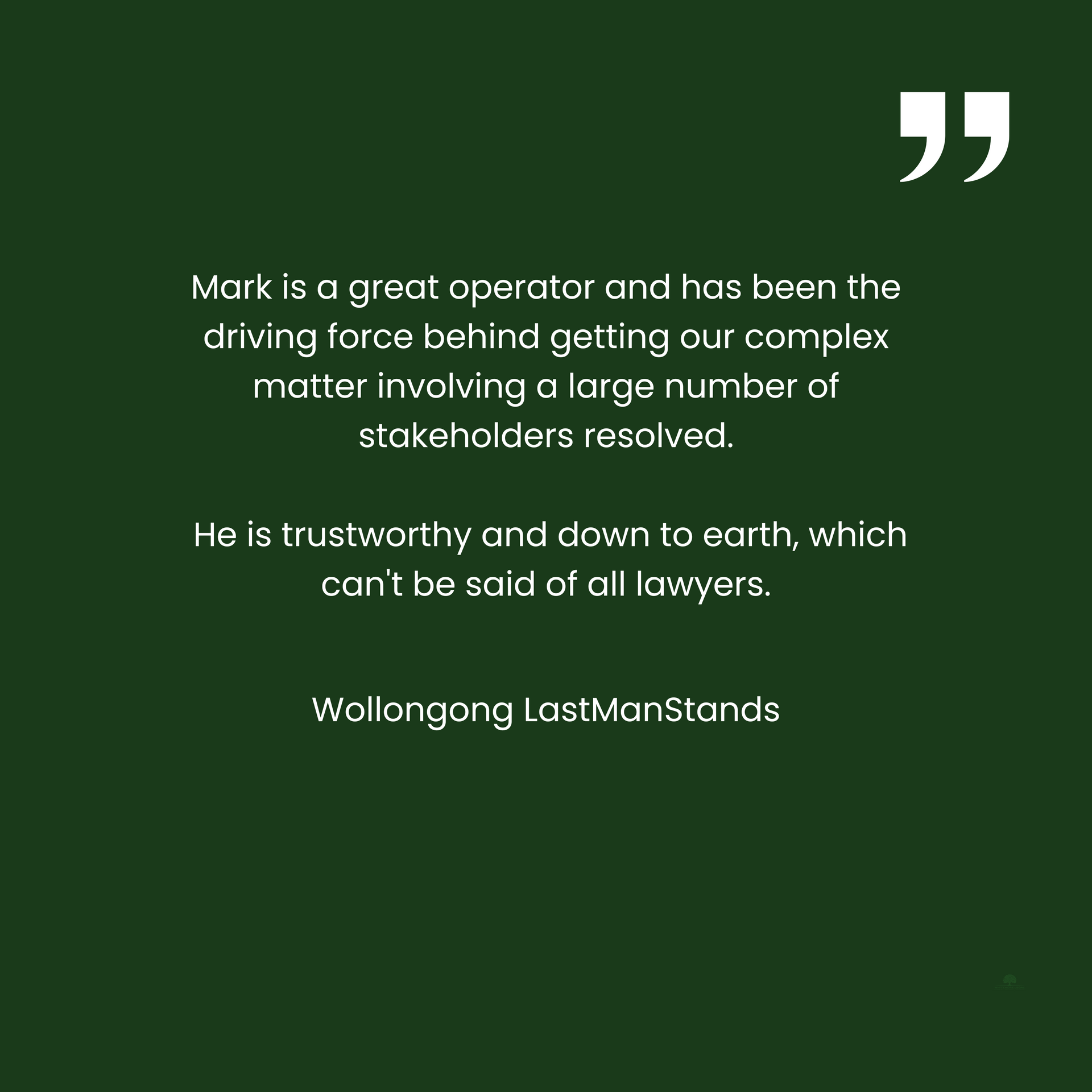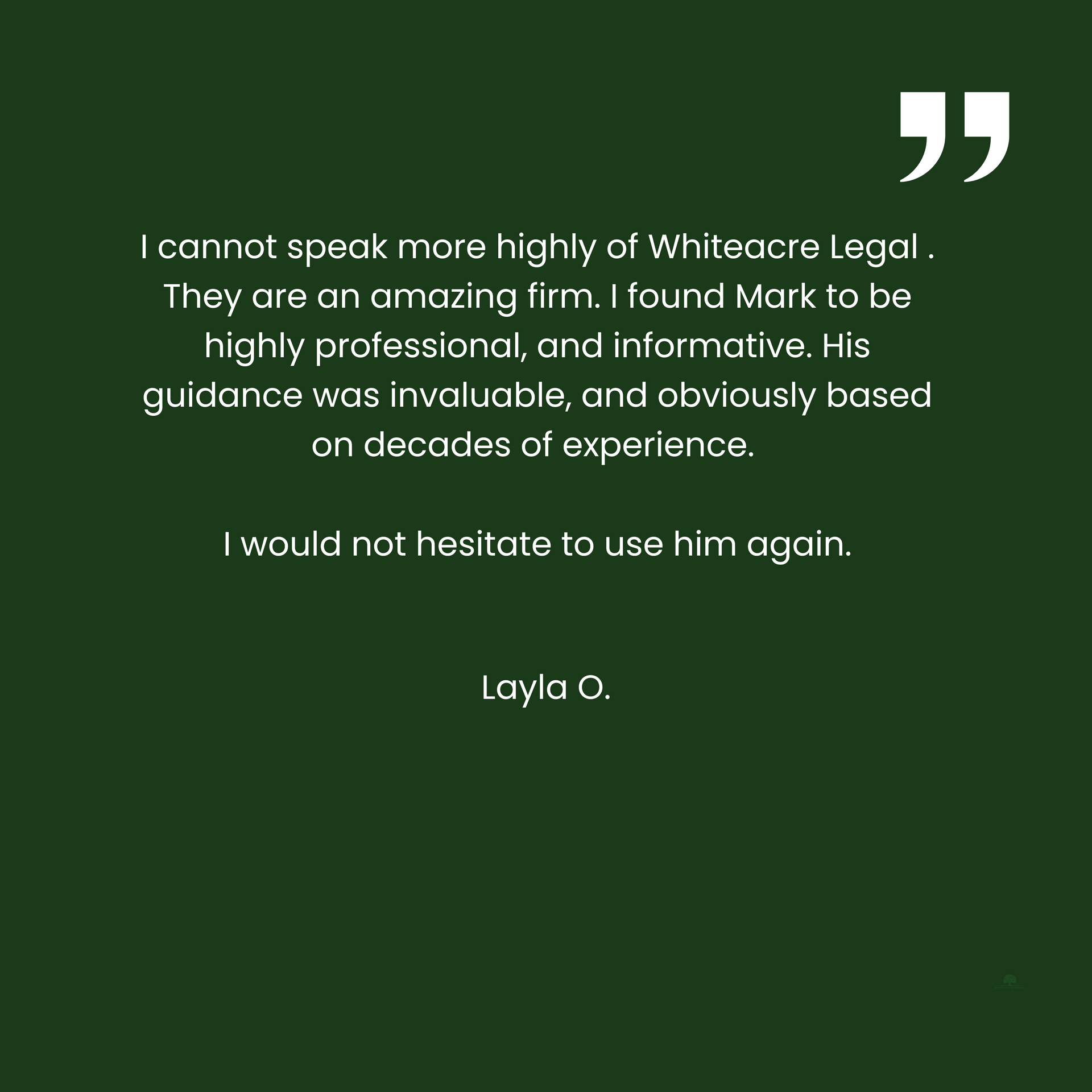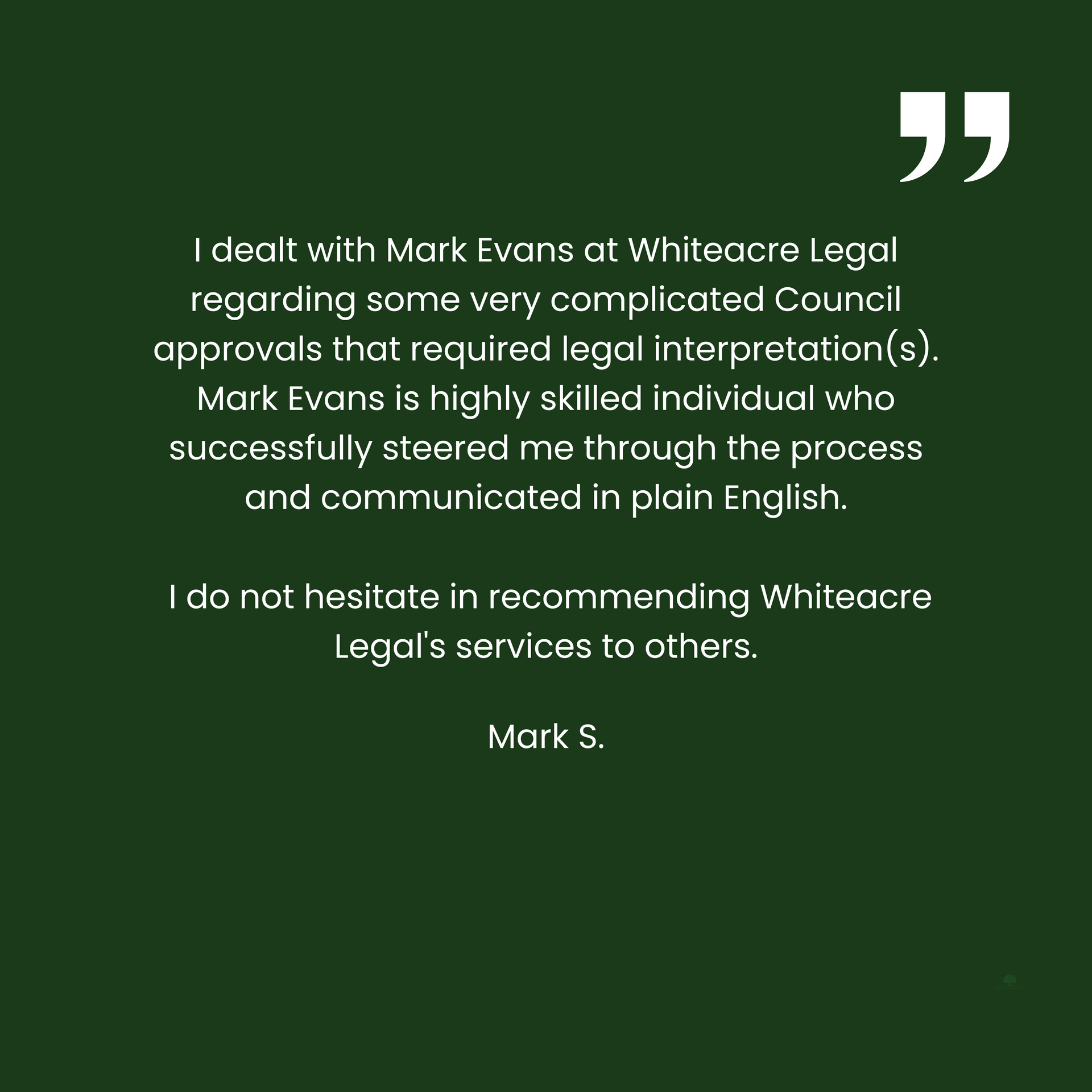Abandonment of easements in NSW and removal from title
In NSW there are two avenues by which easements can be removed from the Register.
Section 49 of the Real Property Act 1900 (Real Property Act) allows the Registrar-General to treat an easement as abandoned (and remove the recording from the Register) if the Registrar-General is satisfied that the easement has not been used for at least 20 years .
We describe this process as the “administrative process”.
Section 89(1) of the
Conveyancing Act 1919
(Conveyancing Act) empowers the NSW Supreme Court to modify or wholly or partially extinguish an easement if the Court is satisfied that certain grounds are made out.
We describe this process as the “court process”.
This article explores both the “administrative process” under s 49 of the Real Property Act and the “court process” under s 89 of the Conveyancing Act.
Administrative process – removal by Registrar-General
A person can make an application to the Registrar-General to cancel the recording of an easement in the Register.
Section 49 provides:
49 Cancellation of recordings of easements after abandonment, consolidation of tenements or release
(1) The Registrar-General may cancel a recording relating to an easement in the Register if the easement has been abandoned.
(1A) The Registrar-General may, under this section, cancel a recording relating to an easement in relation to—
(a) all of the land benefited or burdened by the easement, or
(b) any one or more of the lots, or part of a lot, burdened by the easement, or
(c) any one or one or more of the lots benefited by the easement.
(2) An easement may be treated as abandoned if the Registrar-General is satisfied it has not been used for at least 20 years before the application for the cancellation of the recording is made to the Registrar-General, whether that period commenced before, on or after, the date of assent to the Property Legislation Amendment (Easements) Act 1995.
(3) However, an easement is not capable of being abandoned—
(a) if the easement does not benefit land, or
(b) to the extent (if any) that the easement benefits land owned by the Crown, or by a public or local authority constituted by an Act, or
(c) if the easement is of a class of easements prescribed by the regulations as being incapable of being abandoned.
(4) Before cancelling any such recording, the Registrar-General must—
(a) serve a notice of intention to cancel the recording, personally or by post, on—
(i) where the instrument creating the easement does not allow the identification of the land benefited by the easement—any person that the Registrar-General considers should receive such a notice taking into consideration the nature and location of the easement, the circumstances surrounding the creation of the easement and the physical characteristics of any relevant land, or
(ii) in any other case—all persons having a registered estate or interest in land benefited by the easement, and
(b) consider any submission made by those persons (but only if the submission is made by the date specified in the notice, being a date later than one month from the date on which the notice is served).
(4A) However, the Registrar-General may give notice of the intention to cancel a recording to some or all of the persons referred to in subsection (4) (a) by advertisement in a newspaper rather than by personal or postal service if the Registrar-General is of the opinion that—
(a) it is appropriate in the circumstances to give notice by advertisement in a newspaper, and
(b) the relevant easement is unlikely to be of real benefit to the land benefited by the easement because the land benefited is no longer connected to the land burdened by the easement in a way that allows access to the site of the easement.
Section 49 of the
Real Property Act allows the Registrar-General to treat an easement as abandoned if it is satisfied that the easement has not been used for at least 20 years.
It has been suggested (and argued in court) that s 49 may make 20 years of non-use the “sole determinant” for removal. This suggestion is based on the explanatory memorandum which preceded the enactment of s 49 in 1995 (the section has since been amended but not in any relevant way).
The 1995 explanatory memorandum stated:
Proposed section 49 will allow the Registrar-General, after giving notice of intention to do so to cancel the registration of certain easements that have been abandoned. Lack of use of an easement for a period of 20 years or more (whether commencing before or after the amendments commence) will be sufficient evidence of abandonment.
This argument does find some ground in the explanatory memorandum, however, in construing the terms of s 49, the Court looks at the text of the legislation, not legislative aids like the explanatory memorandum unless there is ambiguity: Re Bolton; Ex parte Beane (1987) 162 CLR 514 at 518.
Parker J considered this recently in Sheppard v Smith [2021] NSWSC 1207 ( Sheppard v Smith ) and rejected the submission finding at [141]:
“The structure of RPA, s 49 is consistent with the common law approach of inferring abandonment from non-user (usually in conjunction with something more). Subsection (1) is the principal provision. It makes the removal of the easement dependent upon whether it has been established that the easement has in fact been “abandoned”. Subsection (2) operates in an auxiliary way, by providing that the easement may be treated as abandoned as a result of non-user for a prescribed period of time.”
Put another way, s 49(1) allows the Registrar-General to remove the easement if it has been abandoned – considering all of the common law aspects of abandonment. Section 49(2) makes non-use for 20 years one of the indicia of abandonment, but not the sole determinant.
Parker J continued at [142]:
“At the time s 49 was enacted, the term “abandonment” had a well settled common law meaning. On the face of it, there is no reason to think that the Parliament intended to depart from that meaning. Indeed, the fact that CA, s 89(1)(b) applied to RPA land suggests to the contrary. There should not be attributed to Parliament an intention that the outcome of an application to remove an easement on the ground of abandonment could be different depending upon whether the application is made the Registrar-General on the one hand or the Court on the other. Especially is that so when, as will be seen below, the contemplation appears to have been that applications to the Registrar-General which became contentious would be referred to the Court for resolution.”
[our emphasis]
The process under section 49
Usually, an owner of burdened land will make an application to the Registrar-General to remove the recording of an easement from the Register.
The Registrar-General must then give notice of the application and will invite the owner of the benefited land to make submissions as to why the easement has not been abandoned and why it should not be cancelled. The Registrar General must consider those submissions before deciding to cancel the easement.
Because the easement is a valuable property right, the Registrar-General will not treat the cancellation of the easement lightly. However, these applications are managed in NSW by the land titles office (currently the NSW LRS) through delegated authority. Section 49(4)(a) requires the Registrar-General to give notice of the application for removal, s 49(b) requires the Registrar-General to “consider submissions” made but that is it. It is conceivable (and in fact the NSW LRS confirm this) that the Registrar-General, having considered the submissions made will proceed to remove the easement from the Register
without further notice to the landowners.
For this reason you can, and should obtain competent legal advice if you are in this situation and consider very carefully whether a caveat should be lodged preventing the Registrar-General (NSW LRS) from progressing the application under s 49.
Common law principles of abandonment
As seen above in
Sheppard v Smith , section 49 of the
Real Property Act does not alter the common law principles governing abandonment, and so it should not entitle the Registrar-General to treat a particular easement as abandoned, despite non-use for at least 20 years, if the Registrar-General has other evidence showing that it has not, in fact, been abandoned:
Sheppard v Smith [2022] NSWCA 167;
Wolfe v Freijahs’ Holdings Pty Ltd [1988] VR 1017 at 1024;
Shelmerdine v Ringen Pty Ltd [1993] 1 VR 315 at 339.
Evidence that an easement has not been abandoned can be established by, amongst other things, using the easement, expressing an intention to keep and use the easement and carrying out works on the easement.
Whether an easement is lost, according to the common law principles governing abandonment is a question of fact on all the circumstances. The onus of proof is on the person alleging abandonment.
Because an easement is a valuable property right, abandonment is not lightly found. Owners of the benefited land are not to be presumed to intend to give up an easement – even when they have no present use for it – unless to do so is to their advantage:
Gotobed v Pridmore (1970) 115 Sol J 78.
In the authorities on abandonment, one principle stands out above all others: an easement is not abandoned by mere non-use:
Re Marriott [1968] VR 260 at 273;
Grill v Hockey (1991) 5 BPR 11,421 (no abandonment of right of way, despite non-use for 17 years);
Long v Michie [2003] NSWSC 233 (non-use since 1940s, perhaps earlier).
This is not to deny that non-use over a long period of time is a relevant circumstance – indeed the longer the non-use, the more likely that the easement has been abandoned, but it is not, of itself, decisive:
Treweeke v 36 Wolseley Road Pty Ltd (1973) 128 CLR 274 at 288;
Guth v Robinson (1977) 1 BPR 9209;
McIntyre v Porter [1983] 2 VR 439.
There must be shown on the part of the benefited land owner “a fixed intention never at any time thereafter to assert the right himself or to attempt to transmit it to anyone else”:
Tehidy Minerals Ltd v Normal [1971] 2 QB 528 at 553;
Guth v Robinson (1977) 1 BPR 9209 at 9214;
Jennison v Traficante (1980) 1 BPR 9657;
Finlayson v Campbell (1997) 8 BPR 15,703 at 15,717;
Grill v Hockey (1991) 5 BPR 11,421 at 11,424.
Thus, in addition to non-use, there generally will need to be other factors that demonstrate an intention to give up the easement. An example is where the owner of the benefited land not only does not use an easement for many years, but also makes changes to the site in a way that effectively makes future use impossible:
Northern Pacific Railway Co v Tacoma Junk Co 244 P 117 (Washington 1926);
Heg v Alldredge 99 P 3d 914 (Washington 2004).
But the future use must be rendered impossible. Thus, erecting a paling fence across the site of a right of way is almost certainly not abandonment, as paling fences can be easily removed:
Ashoil Holdings Pty Ltd v Fassoulas (2005) 12 BPR 23,525. Even erecting a wall across a right of way is generally not abandonment, as walls can be demolished, or doors opened in them:
Bookville Pty Ltd v O’Loghlen [2008] VSCA 27.
An example of the difficulty in establishing abandonment is
Treweeke v 36 Wolseley Road Pty Ltd (1973) 128 CLR 274 at 288. There, a majority of the High Court held that a right of way had not been abandoned, even though sheer rock faces made the way impassable in places, an impenetrable bamboo clump had grown across it, the owner of the benefited land had co-operated in placing a fence across it, a swimming pool obstructed part of it, and the way had never been used in its entirety since its creation in 1927. Again, in
Long v Michie [2003] NSWSC 233, a right of way was not abandoned despite non-use for at least 60 years, and despite the obstruction of the way by a gate, stored materials, and a garden, trees and shrubs (all of which were, of course, removable).
More recently, in Sheppard v Smith owners of the benefited land had built a fence effectively blocking access to the right of way, a low brick garden bed also made use of the right of way difficult and owners of the burdened land had enclosed the right of way and converted part of it to a rear studio. The Court found that, in the circumstances, none of those things provided conclusive evidence that the right of way had been abandoned.
Sheppard v Smith was appealed to the NSW Court of Appeal which upheld the findings and reasoning of the judge at first instance.
Court process – Removal by order of Supreme Court
An alternative route available to the owners of the burdened land is to seek an order from the NSW Supreme Court to modify or extinguish the easement pursuant to s 89 of the
Conveyancing Act 1919.
Section 89 empowers the Supreme Court to modify or wholly or partially extinguish an easement if satisfied that certain grounds are made out. These grounds may be summarised thus (adopting the paragraph numbering of the section):
That because of a change in use of the benefited land, or change in the character of the neighbourhood, or other circumstances, the easement “ought to be deemed obsolete”, or that its continued existence would impede the reasonable use of the burdened land without securing practical benefit to the persons entitled to the easement; or
That those entitled to the easement have agreed to the easement being modified or wholly or partially extinguished, or by their acts or omissions may reasonably be considered to have abandoned the easement wholly or in part; or
That the modification or extinguishment would not substantially injure those entitled to the easement.
By s 89(1A), added in 2009, for the purposes of abandonment, the court may treat an easement as abandoned if satisfied that the easement has not been used for at least 20 years.
Section 89 was inserted into the Conveyancing Act by the Real Property and Conveyancing Legislation Amendment Act 2009 (NSW) . In the second reading speech, the Minister relevantly stated:
Under section 49 of the Real Property Act 1900 a person may apply to have the easement removed from the Register if it can be proven that the easement is abandoned. As it has proven almost impossible to establish abandonment according to the complex rules that apply at common law this provision provides a simplified statutory basis for abandonment of easements. As such the provision allows a practical means of removing from the register notifications of easements that are no longer relevant to the land.
However should someone dispute an application to the Registrar General for abandonment of easement then this issue is dealt with by the Supreme Court under section 89 of the Conveyancing Act 1919 and not section 49 of the Real Property Act 1900. In the small number of cases that have been litigated under section 89 of the Conveyancing Act 1919 it has become apparent that there is a conflict between section 49 of the Real Property Act and section 89 of the Conveyancing Act 1919.
In adjudicating on a disputed application for abandonment of easement the Supreme Court under section 89 of the Conveyancing Act 1919 applies the common law rules of abandonment that require an applicant to establish that the owner of the easement "intended" to abandon the easement. The difficulties in supplying such evidence to the Court make it almost impossible for an applicant seeking abandonment to succeed. This difficulty was part of the reason for the introduction of the objective test of 20 years non-use that is applied in section 49.
Accordingly it is also proposed to remove the inconsistency between the two sections by providing that the Court may apply the same criteria as that [sic] applied by the Registrar General under section 49 of the Real Property Act. This may be achieved by providing in section 89 of the Conveyancing Act 1900 that where an application is made to the Court for an order extinguishing an easement abandonment may be inferred if the Court is satisfied that the easement has not been used for at least 20 years.
It is not clear which decisions the Minister was referring to when he spoke of a conflict between s 89
Conveyancing Act and s 49 R
eal Property Act . Be that as it may, it appears the main objective disclosed in the Minister’s speech, to import the s 49 procedure into s 89 of the
Conveyancing Act is still achieved.
Parker J considered this recently in Sheppard v Smith and held at [145]:
“… In my view the effect of introducing CA, s 89(1A) is that in a case where there is no user of an easement for twenty years, and no other evidence to negate the intention of the person benefitting from the easement to abandon it, the condition for extinguishment is established. It does not otherwise affect the application of the traditional common law approach to abandonment.”
[our emphasis]
It follows that s 89 is permissive, not obligatory. It confers on the Supreme Court the same power as the Registrar-General (under s 49
Real Property Act ), but similarly does not require the Court to find that abandonment has occurred on evidence of 20 years’ non-use alone. In other words, it seems unlikely that s 89 has changed the common law of abandonment and it operates similar to s 49 of the
Real Property Act to create a “presumption” of abandonment following 20 years of non-use which can be rebutted by the owner of the benefited land.
The provision will not apply where there is evidence that during the 20-year period access has been prevented by improvements obstructing the right of way:
Effeney v Millar Investments Pty Ltd [2011] NSWSC 708 at [94]-[111].
Finally, authority suggests that s 89 of the C
onveyancing Act 1919 is said to give the Court a discretion to order that an easement has been abandoned not only by acts or omissions of the current registered proprietor of the benefited land, but also by the acts or omissions of predecessors in title, even though the easement remained recorded in the Register at the time the benefited land passed to the present owner:
Treweeke v 36 Wolseley Road Pty Ltd (1973) 128 CLR 274 at 285-287;
Proprietors Strata Plan No 11173 [1979] 2 NSWLR 605 at 614-616.
Parker J considered the relevance of conduct by predecessors in title recently in
Sheppard v Smith at [146] as did the Court of Appeal in
Sheppard v Smith [2022] NSWCA 167 ultimately finding that it was not necessary to resolve this question in that case. Nevertheless, both the Court of Appeal and the NSW Supreme Court found that conduct by predecessors in title
may be relevant and left the door open to this issue being agitated at a later date. The exceptions to indefeasibility of title may grow larger still.
Nevertheless, the Court may decline to exercise that discretion. Relevant factors include whether the present owner had only recently become registered, had bought on the faith of the Register, and had actively pursued the exercise of the easement: Long v Michie [2003] NSWSC 233 per Austin J at [8].
Conclusion
There are two avenues by which easements can be removed from the Register - the “administrative process” under s 49 of the
Real Property Act and the “court process” under s 89 of the
Conveyancing Act.
Section 49(1)
Real Property Act grants the Registrar-General the power to remove the easement if it has been abandoned – considering all of the common law aspects of abandonment. Section 49(2) makes non-use for 20 years one of the indicia of abandonment, but not the sole determinant.
An alternative route available is to seek an order from the NSW Supreme Court to modify or extinguish the easement pursuant to s 89 of the
Conveyancing Act 1919. Section 89 confers on the Supreme Court the same power as the Registrar-General (under s 49
Real Property Act ), but similarly does not require the Court to find that abandonment has occurred on evidence of 20 years’ non-use alone.
In addition to non-use, there generally will need to be other factors that demonstrate an
intention on the part of the owner of the benefited land to give up the easement.
The conduct of predecessors in title may be relevant.
If you are the owner of land burdened by an easement and are considering making an application to remove the easement from the Register, or you are the owner of land benefited by an easement and have been notified of such an application, you will require evidence of historical use of the easement and competent, expert advice on how to proceed.
This article is a general overview of the relevant provisions and case law and is not intended to be legal advice. You should obtain expert, legal advice having regard to your own personal circumstances.
Require further assistance? please do not hesitate to call us on (02) 9145 0900 or make an enquiry below
Browse by categories

Servicing all of NSW, Whiteacre provides expert property law and planning and environment law advice and assistance.
✓ Planning Law Advice
✓ Land and Environment Court Appeals
✓ Voluntary Planning Agreements and Contributions
✓ Development Control Orders and Enforcement
✓ Property Development Advice and Due Diligence
✓ Title Structuring
✓ Easements and Covenants
✓
Strata and Community Title legislation
Book an initial consultation through our website with our planning law solicitor. Whether it's about planning and environment law or property law, you can approach us and discuss your matter to make sure we are a good fit for your requirements.

